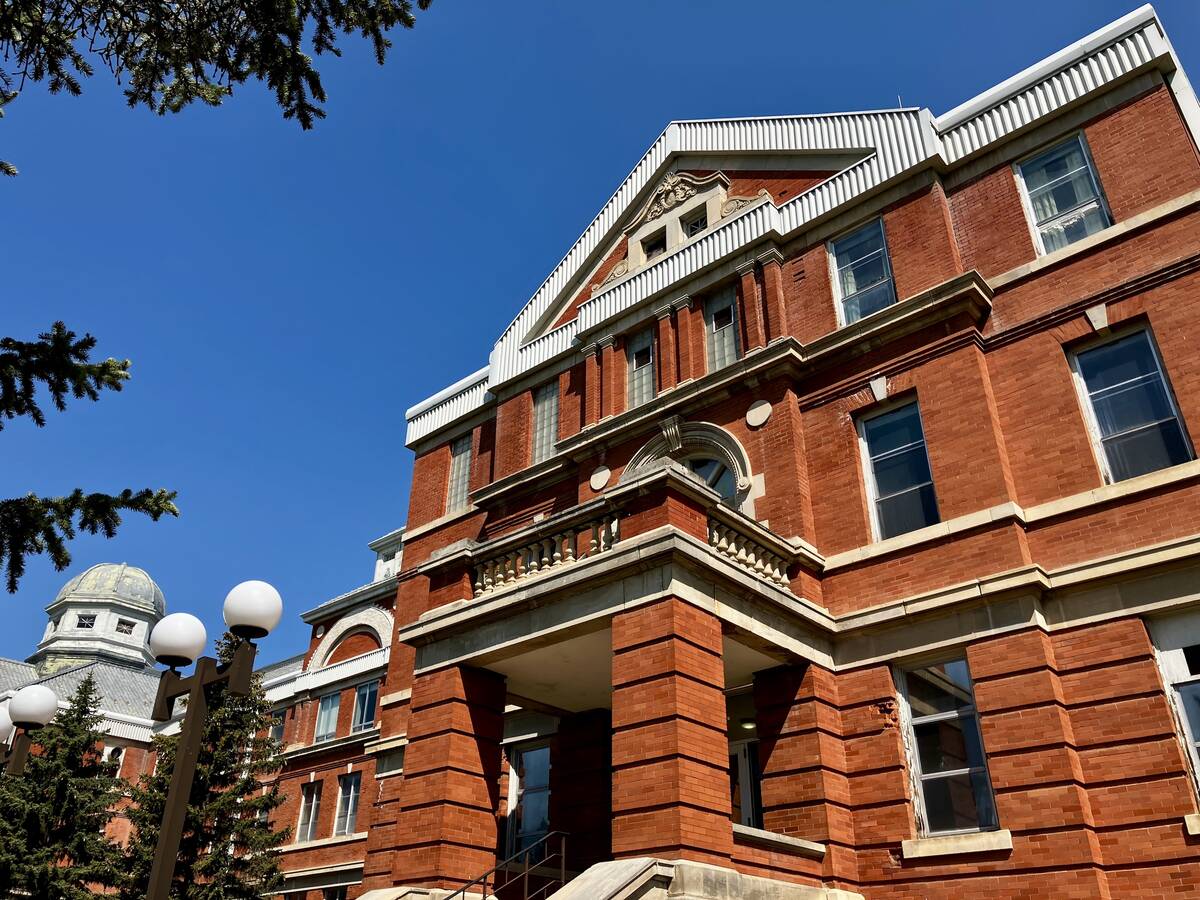Before Christopher Columbus proved it wrong, one of the great myths of history was that the world was flat.
The belief the world has only two poles — the Arctic and Antarctica — is another, according to Iceland President Olafur Ragnar Grimsson.
As scientists become more aware of the role ice plays in supplying water and influencing weather patterns, the glaciers in the Himalayas are being recognized as a third pole, he said.
But they’re also disappearing at an unprecedented pace — and both average citizens and governments need to recognize how dramatically this will affect populated areas of the world, he said.
Read Also

New ranking elevates Assiniboine College to national research elite
Brandon’s Assiniboine College is 47th in a national ranking measuring research dollars and output at publicly funded institutions in Canada.
“One-third of the world’s population is dependent on rivers fed from snow and ice from the Himalayan region,” he said.
Losing Arctic ice will have an equally dramatic impact on the planet, he said.
“If one-quarter of Greenland’s ice melts, it will raise sea levels everywhere by two metres,” Grimsson told delegates attending the recent Borlaug Dialogues conference in Des Moines, Iowa.
“Yet ice has not really been on the agenda.”
People need to realize “we are living in an ice-dependent world,” he said.
“Glaciers are the core to our future. Their fate and our fates are closely intertwined.”
Researchers have begun to see direct linkages to the melting Arctic and glacial ice and volatile and extreme weather events occurring in China and other parts of the world.
















